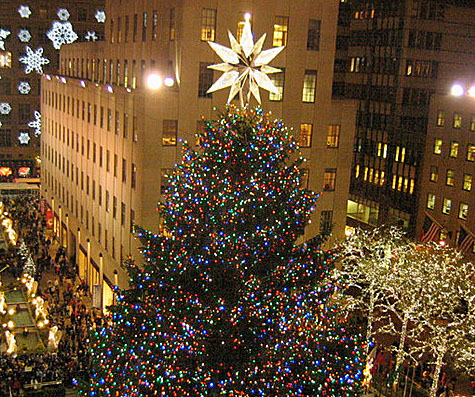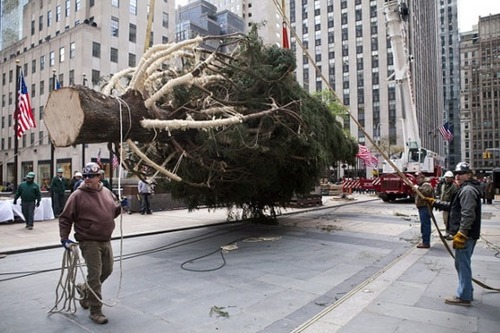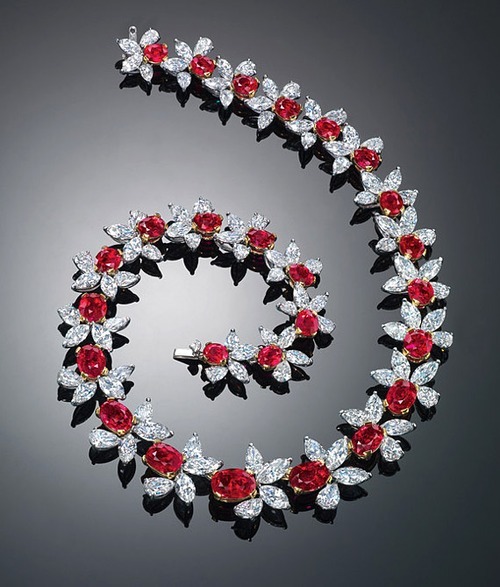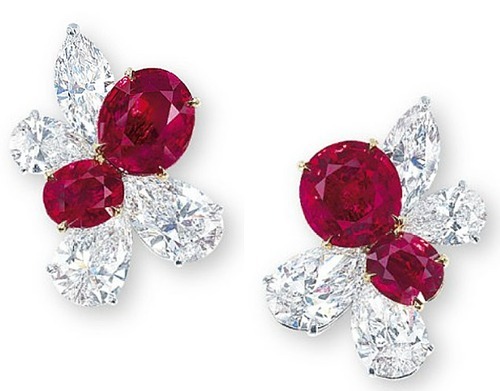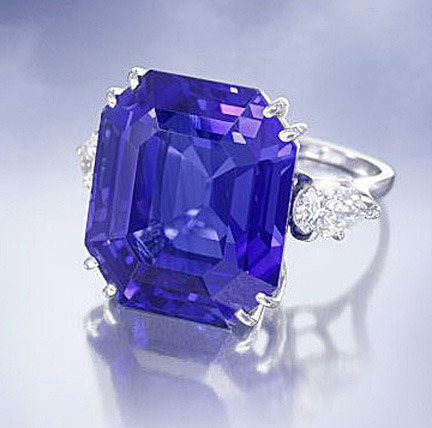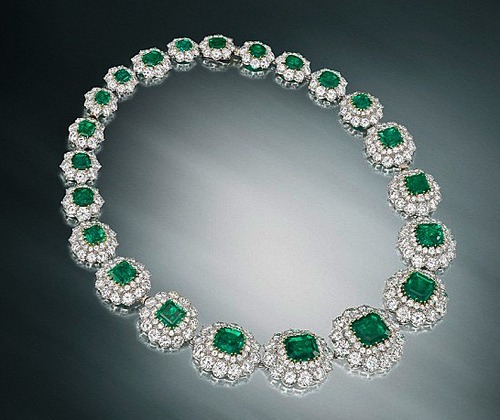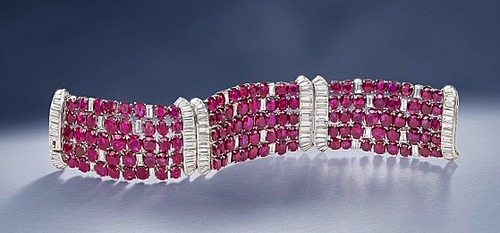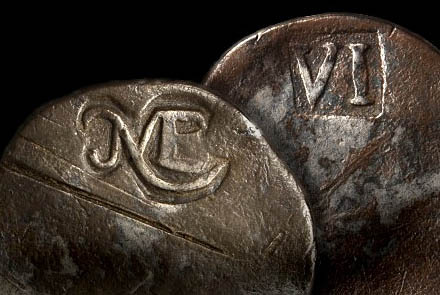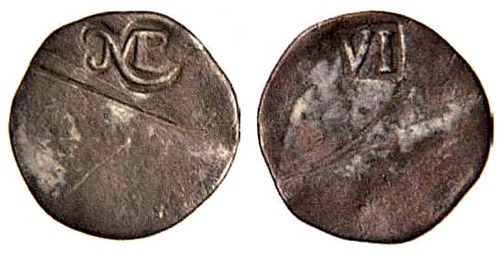Welcome to Music Friday when we highlight great songs with jewelry, gemstones or precious metals in the title or lyrics. Today we step into Mr. Peabody's WABAC Machine and emerge in 1972 as lead singer Donald Fagen of the jazz rock band Steely Dan laments a love gone wrong in the classic tune, "Reelin' in the Years."
In the first verse, Fagen complains, "You wouldn't know a diamond if you held it in your hand. The things you think are precious I can't understand."
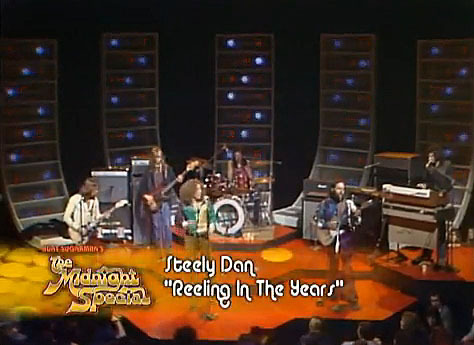
"Reelin' in the Years" was released as the group's second single from its album, Can't Buy a Thrill. The song, which features Fagen on vocals and Walter Becker on lead guitar, was a commercial and critical success. It reached number 11 on the Billboard charts and included a Becker guitar solo that ranked as the 40th best of all time by the readers of Guitar World magazine.
Steely Dan has sold more than 30 million albums worldwide and was inducted into the Rock and Roll Hall of Fame in March 2001.
In a rare clip (below) from The Midnight Special television show, Steely Dan performs our featured song live in 1973. Keep your eyes peeled for some interesting fashion choices by the band members. Here's a hint: purple crushed velvet. And, yes, the guy introducing the band is none other than Bill Cosby.
"Reelin' in the Years"
Written by Walter Becker, Donald Fagen. Performed by Steely Dan.
Your everlasting summer
You can see it fading fast
So you grab a piece of something
That you think is gonna last
You wouldn't know a diamond
If you held it in your hand
The things you think are precious
I can't understand
[Chorus:]
Are you reelin' in the years
Stowin' away the time
Are you gatherin' up the tears
Have you had enough of mine
You been tellin' me you're a genius
Since you were seventeen
In all the time I've known you
I still don't know what you mean
The weekend at the college
Didn't turn out like you planned
The things that pass for knowledge
I can't understand
[Chorus]
I spend a lot of money
And I spent a lot of time
The trip we made in Hollywood
Is etched upon my mind
After all the things we've done and seen
You find another man
The things you think are useless
I can't understand
[Chorus]

